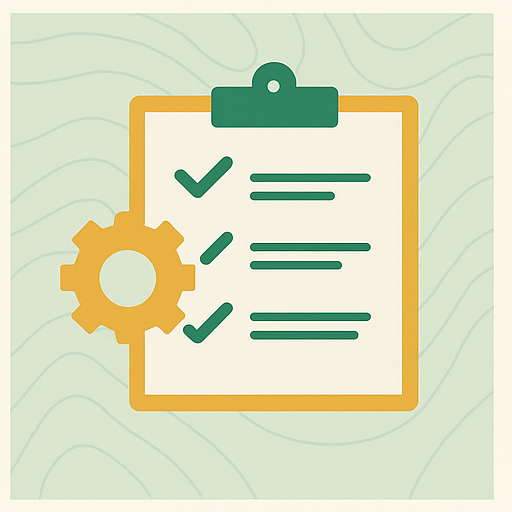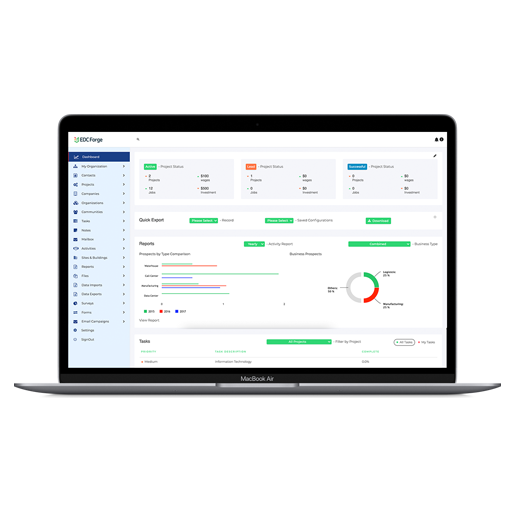Helping Communities
Thrive with Strategic
Guidance & Modern Tools
We partner with economic and community development organizations to achieve measurable impact through strategic planning, custom software, and practical solutions.

Dedicated to Your
Success
Smart Solutions Group is a consulting firm dedicated to helping economic and community development organizations achieve their goals.
We provide strategic advice, custom software solutions, and practical tools to enhance your effectiveness and impact. Our team brings deep industry expertise and a commitment to delivering results that matter.
Comprehensive Solutions for
Community Development
From strategic planning to custom software, we offer the expertise and tools you need to drive meaningful change.

Strategy
Grounded, collaborative, results-driven planning
We lead communities and organizations through strategic planning that is grounded, collaborative, and results driven. Our process helps clients clarify goals, identify barriers, prioritize resources, and align stakeholders around a common direction.

Executive Search
Finding leaders who fit your mission
We conduct executive searches with one clear goal: finding leaders who fit your organization, your mission, and your community. Our process reflects the real demands of the job and the strategic goals behind it.

Productivity
Work smarter, not harder
We help you work smarter, not harder. From organizing data to streamlining workflows, we offer practical support to save time and make your work easier.

AI
Practical AI solutions for real-world challenges
We help organizations harness AI to solve practical problems and improve operations. From automation to insights, we focus on applications that deliver measurable value.

Custom Software
Built for the way you work
We've been building custom software for economic developers for over a decade. From mobile apps to data dashboards, we create solutions that fit the way you work.

EDC Forge
Your Economic Development Platform
A modern CRM and project management system built specifically for economic developers. Manage leads, prospects, projects, and more with a platform designed by EDOs, for EDOs.
Ready to Make an Impact?
Let's discuss how we can help your organization achieve its goals.